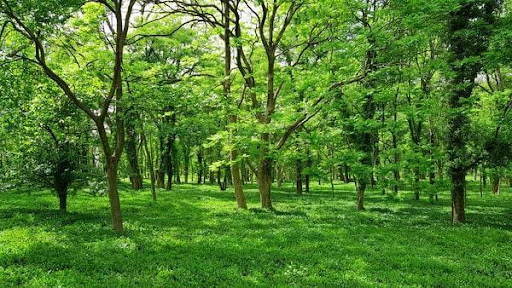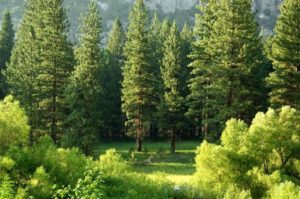- June 30, 2022
What To Do if You Find Damage During a Tree Survey

If you’re conducting a tree survey, it’s essential to be on the lookout for any damage that may be present. This damage can be caused by various things, including storms, insects, and diseases. If you find damage during a tree survey, there are a few things you can do. Keep reading to learn more.
What is a tree survey?
A tree survey is an examination of a tree or trees by an arborist to assess their condition and the potential for future damage. During a survey, a qualified arborist will look for any signs of damage, decay, or disease. They may also check the surrounding area for hazards that could affect the trees. If any damage is found during the survey, the arborist will recommend what steps should be taken to address it.
What should you do if you find damage during a survey?
If you are performing a tree survey and find any tree damage, you’ll want to note it. The type of damage can vary but might include broken branches, damaged bark, or holes in the tree. It’s important to document the damage so you can report it, estimate the cost, and get it fixed. If you are performing a tree survey as part of a property transaction, you will also want to include any damage in your report. This can help to ensure that the buyer is aware of any potential risks associated with the property.
Some common causes of tree damage include:
- Storm damage
- Vehicle collisions
- Vandalism
- Disease
- Insect infestation
Once you’ve assessed the damage, you’ll need to devise a plan to address it. This could involve anything from removing the damaged tree altogether to simply trimming back the damaged branches.
What are the costs of repairing the tree?
When conducting a tree survey, it’s important to inspect the trees for any visible damage to correctly estimate the repair costs for damaged trees.
The first step is to identify the type of damage that has been inflicted on the tree. Many types of damage can be imposed on a tree, including broken branches, torn bark, trunk cracks, and crown holes.
Once you have identified the type of damage, you will need to calculate the cost of repairs. The cost of repairs will vary depending on the severity of the injury and the type of repair needed.
If the damage is minor, such as a broken branch, the cost of repairs may be small. However, if the damage is more severe, such as a cracked trunk, the cost of repairs may be several hundred dollars.
In some cases, the repair cost may exceed the tree’s value. If the tree is deemed to be structurally unsound, it may be necessary to remove the tree from the property.
It’s essential to take action immediately if you find damage during a tree survey. The repair cost will only increase the longer the damage goes untreated.
If you find any tree damage on your property during a tree survey, you’ll need to make a repair plan.

Here are some tips on how to make a repair plan:
Assess the damage: The first step is to assess the damage to the trees. This includes identifying the extent and severity of the injury, as well as the type of damage.
Make a repair plan: Once you’ve assessed the damage, you’ll need to make a repair plan. This plan should include a list of the repairs that need to be made and a timeline for completing those repairs.
Repair the damage: Once you have a repair plan, you can start repairing the damage. Be sure to follow the plan closely, and make sure to use the correct materials and methods for repairing the damage.
Monitor the trees: Once the damage has been repaired, you’ll need to monitor the trees to ensure they’re recovering properly. Keep an eye on them for at least a year after the repairs are made near the river.
Damage to a tree can be significant and can alter the tree’s health. Documenting and reporting any damage found during a survey is vital to ensure the tree’s health and safety.
